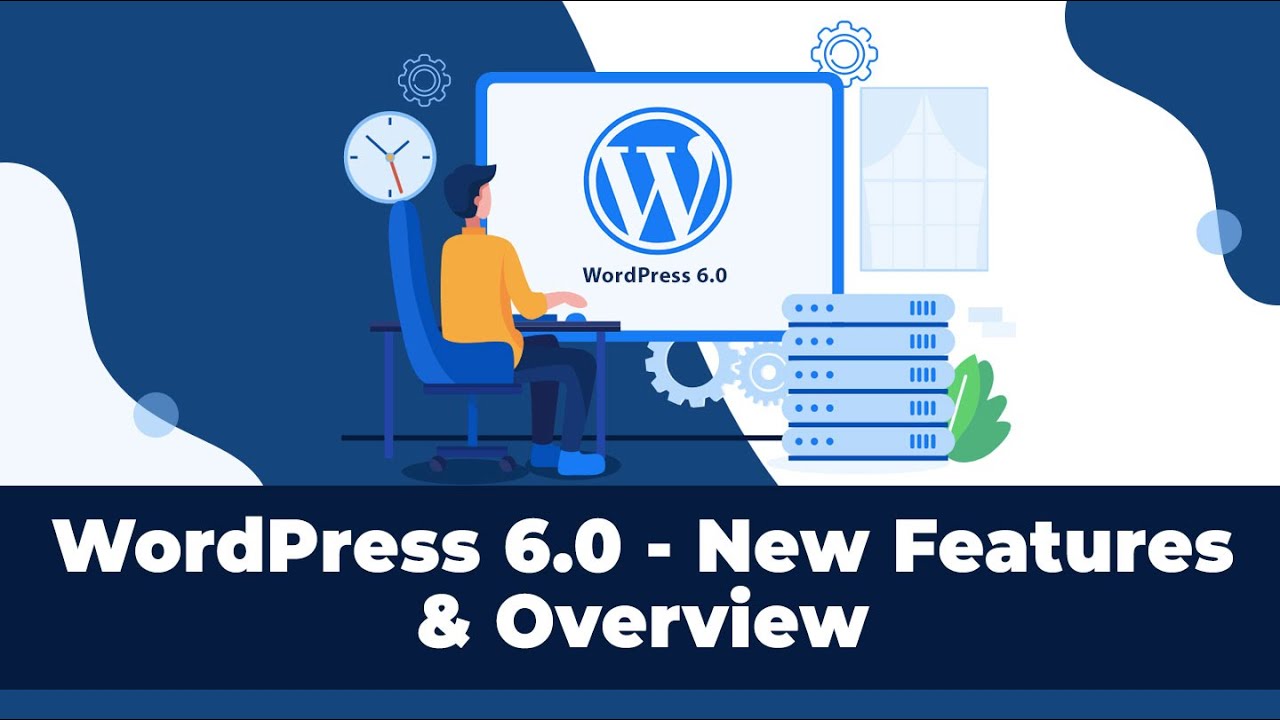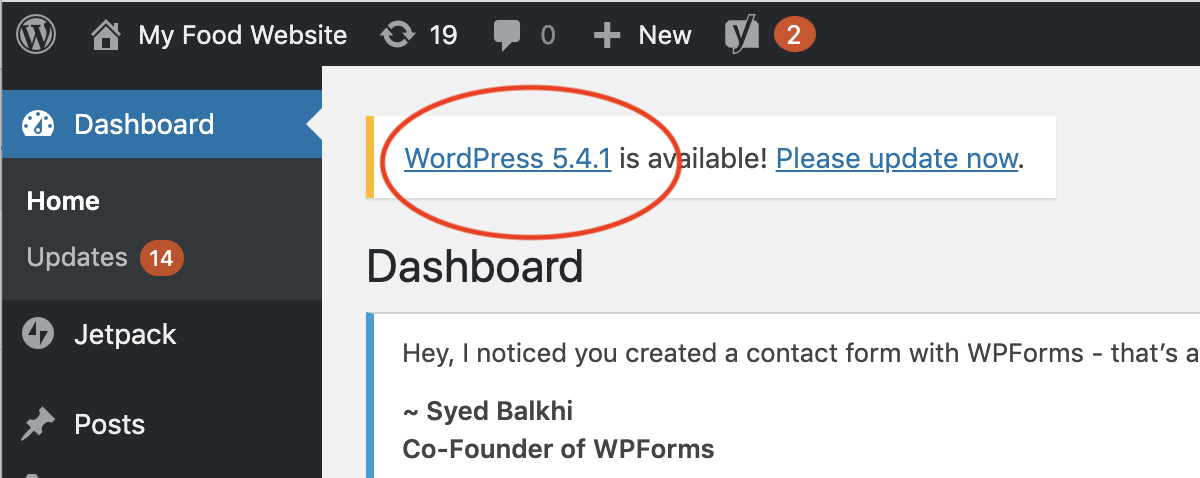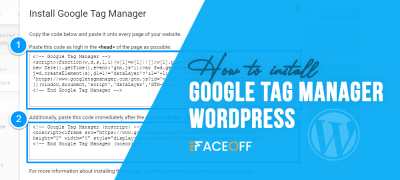Hey there, WordPress enthusiasts! If you’re like me, you’re always eager to see what the latest update brings to the table. Well, good news—WordPress has rolled out a new version packed with exciting features and improvements. Whether you’re a seasoned developer or just someone managing a personal blog, staying updated ensures your site runs smoothly, securely, and looks fresh. In this post, we’ll dive into the key highlights of the newest
Enhanced User Interface and User Experience Improvements

One of the most noticeable aspects of the latest WordPress update is the significant overhaul of the user interface (UI). WordPress has always been known for its user-friendly design, but with this update, they’ve taken it a step further to make managing your site even more intuitive and enjoyable.
First off, the admin dashboard has received a sleek makeover. The new design features a cleaner layout with more spacing and modern typography, reducing clutter and making navigation a breeze. The menu items are now more organized, and important actions are highlighted to help you find what you need faster. This means less time searching and more time creating content.
Another big win is the improved block editor (Gutenberg). It now offers a smoother editing experience with enhanced drag-and-drop capabilities, making it easier to build beautiful pages without needing any coding skills. The interface for adding and customizing blocks has been streamlined, so you can focus on your content rather than wrestling with the tools.
Accessibility has also seen a boost, ensuring that users with different needs can comfortably work with WordPress. Features like better keyboard navigation, improved contrast, and screen reader support make the platform more inclusive than ever.
Plus, the update introduces customizable dashboards where you can add or remove widgets based on your workflow. Want quick access to your recent posts or site stats? Just a few clicks, and it’s all set up to suit your style.
Overall, these UI and UX improvements make managing your website more natural and less frustrating. Whether you’re updating posts, customizing themes, or installing plugins, the experience feels more seamless and enjoyable. It’s clear that the WordPress team has listened to user feedback and prioritized making the platform as user-friendly as possible. If you haven’t explored the new interface yet, now’s the perfect time to dive in and see how these enhancements can make your website management easier and more fun!
3. New Features and Functionalities in the Latest WordPress Version

Hey there! If you’re a WordPress enthusiast or just someone who loves exploring new tech, you’ll be excited to hear about the fresh features packed into the latest WordPress update. The team behind
First up, the new block editor enhancements are a game-changer. The Gutenberg editor has seen significant upgrades, offering more customization options, better drag-and-drop capabilities, and an improved user interface. This means you can craft stunning pages with less hassle and more precision. For example, now you can easily add and style complex layouts without needing third-party plugins.
Another exciting feature is the introduction of Reusable Blocks. These are perfect if you often use the same content snippets across different pages or posts. Just create a block once, save it as reusable, and you can insert it anywhere you want. It saves a ton of time and keeps your content consistent.
Theme development has also received a boost with new template options and block patterns. Now, you can choose from a variety of pre-designed templates to give your site a professional look instantly. Plus, block patterns allow you to insert ready-made sections like testimonials, pricing tables, or call-to-action blocks with a single click.
For those managing e-commerce sites, WooCommerce integration has been simplified. The latest update offers more seamless compatibility, along with new checkout blocks and improved product management features. This means creating and managing your online store is more streamlined than ever.
Lastly, the admin interface has been polished for better usability. The new dashboard layout makes it easier to find what you need quickly, and there are now more customization options for the admin toolbar. Whether you’re a developer or a casual user, these changes make navigating and managing your site more intuitive.
4. Security Enhancements and Performance Boosts
Security is always a top priority, and with each new WordPress version, the team works hard to keep your site safe from the latest threats. The newest update introduces several security enhancements that help protect your site, data, and visitors.
One notable improvement is the reinforcement of default security protocols. For example, the update fixes known vulnerabilities and strengthens core code, making it harder for hackers to exploit weaknesses. Additionally, there’s better handling of user permissions, ensuring that only authorized users can access sensitive areas of your site.
WordPress has also improved its automatic updates process. Now, critical security patches can be applied faster and more reliably, reducing the window of vulnerability. This means your site stays protected without you having to manually update every time a security fix is released.
On the performance front, the latest version introduces several optimizations to make your site faster and more responsive. For instance, improved database query handling speeds up page load times, which is great for user experience and SEO rankings. Faster sites keep visitors engaged and help boost your search engine visibility.
Plus, there’s better support for PHP 8.x, the latest version of PHP, which offers significant performance improvements. If your hosting environment supports PHP 8.x, enabling it can lead to noticeable speed gains for your site.
Another performance boost comes from smarter caching strategies. The core code now better supports caching plugins and techniques, reducing server load and ensuring your pages load swiftly even during traffic spikes.
In summary, these security and performance enhancements mean your WordPress site is not only safer but also faster and more reliable. Keeping your site updated with these latest features ensures you’re leveraging the best of what WordPress has to offer, giving your visitors a seamless and secure browsing experience.
5. How to Update to the Latest WordPress Version Safely
Updating your WordPress site to the latest version might seem straightforward, but it’s super important to do it carefully to avoid any hiccups. After all, your website is often the first impression visitors get, and you want everything to run smoothly.
Here’s a simple, step-by-step guide to updating safely:
- Backup Your Website: Before making any changes, always create a full backup. This includes your database and all files. You can use plugins like UpdraftPlus or BackupBuddy, or do a manual backup through your hosting provider.
- Check Plugin and Theme Compatibility: Make sure your plugins and themes are compatible with the new WordPress version. Visit their pages or support forums, or update them first to their latest versions.
- Test in a Staging Environment: If possible, clone your website to a staging site. This allows you to test the update without affecting your live site. Many hosting providers offer one-click staging environments.
- Review Release Notes: Read the official WordPress release notes for the latest version. This helps you understand what’s new and what might affect your site.
- Update WordPress: Once everything checks out, go to your WordPress dashboard. Navigate to Dashboard > Updates, then click “Update Now.” If you’re comfortable with manual updates, you can also do this via FTP or your hosting control panel.
- Verify Everything Works: After updating, visit your site and test core functionalities. Check your plugins, themes, and any custom features to ensure they’re functioning properly.
- Troubleshoot if Needed: If something’s not right, restore your backup and troubleshoot the issue. Sometimes, plugin conflicts or theme incompatibilities can cause problems, which might require updates or replacements.
Remember, patience is key. Regular updates keep your site secure and make sure you’re taking advantage of the latest features and improvements. And don’t forget — keeping backups and testing first are your best friends for a smooth update process!
6. Conclusion and Final Thoughts on the New WordPress Release
The latest WordPress release is truly a game-changer, bringing a host of new features, security enhancements, and performance improvements. It’s clear that the WordPress team is dedicated to making the platform more user-friendly, flexible, and secure for everyone—from beginners to seasoned developers.
If you haven’t already, now’s the perfect time to update your site and start exploring what’s new. Whether it’s the improved block editor, enhanced site management tools, or the increased focus on security, these updates are designed to help you create better websites with less hassle.
Of course, with every new release, there’s a bit of a learning curve. Take the time to review the release notes, test new features, and update your themes and plugins accordingly. This proactive approach ensures your site remains secure, fast, and functional.
In the end, staying up-to-date with WordPress isn’t just about accessing the latest bells and whistles—it’s about safeguarding your digital presence and providing the best experience for your visitors. So go ahead, embrace the new release, and enjoy all the benefits it has to offer!
Happy website building!


